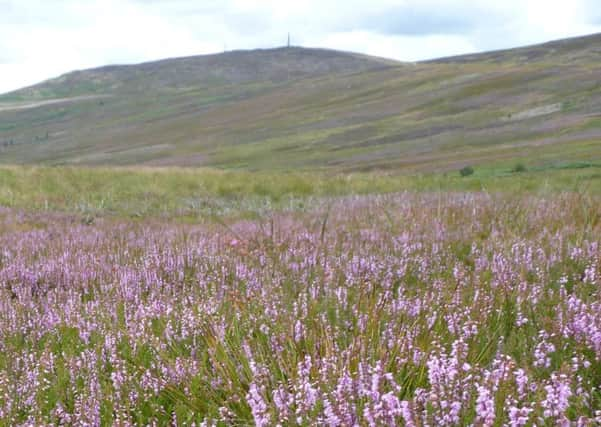Moor biodiversity benefits from balancing birds of prey and grouse – Adam Smith


This final report concludes more than 25 years study at Langholm. The Joint Raptor Study from 1992 – 1997 had shown how predation by raptors could prevent the recovery of a red grouse population. By the early 2000s, with no grouse to shoot, the moor’s gamekeepers were withdrawn and many aspects of the moor went into decline – valuable habitats shrank in area, the mountain hare population vanished, and the numbers of wading birds and hen harriers had collapsed along with the grouse.
The challenge for the partners in this final project, Buccleuch, Game & Wildlife Conservation Trust, Natural England, RSPB Scotland, and Scottish Natural Heritage, was to establish whether the moor could be recovered both as a national and local asset, support grouse populations for driven grouse, support birds of prey, and deliver other, wider biodiversity. Different approaches to management were explored that might benefit not just Langholm but other Scottish moorlands. In GWCT’s view, parts of the project have certainly been successful – decades of heather loss have been addressed and overgrazed moorland has been recovered. Fox, stoat and crow control helped ground-nesting birds, especially waders, recover their populations despite declines elsewhere. The project has told us more about the economics of maintaining heather moorland, which has long been viewed as a national asset for Scotland.
Advertisement
Hide AdAdvertisement
Hide AdBut, the gamekeeping management that had promoted this reversal of fortune could not be afforded in the longer term. The grouse did not survive long enough to generate enough of an economic return through driven shooting to offset some of the management costs. The project allowed the partners and the wider public to gain profound, practical insight into what it takes to sustain our moorlands. In order to reach a balance that works for everyone, which this project has not succeeded in doing, the overriding message is that our current policy framework must help managers adapt to the new higher levels of predation in our hills, and it must do this if we want to keep our heather-clad moors.
The GWCT’s work over 25 years shows that there is not a binary choice of red grouse or birds of prey, but that both need to be in balance if we value our Scottish moorlands and their ecosystems. A loss of grouse shooting jeopardises habitats and biodiversity, the very things that many birds of prey, along with many other species, benefit from. Curtailing grouse shooting will only drive a decline in our moorlands’ ability to respond to climate change and continue its resistance to loss of biodiversity. Adapting grouse moor management must now be the watchword.
The final report on the Langholm Project can be downloaded at www.langholmproject.com
Adam Smith, Game & Wildlife Conservation Trust.